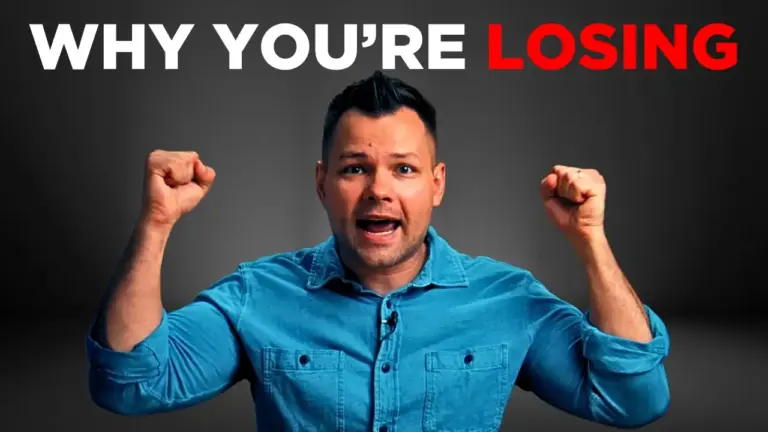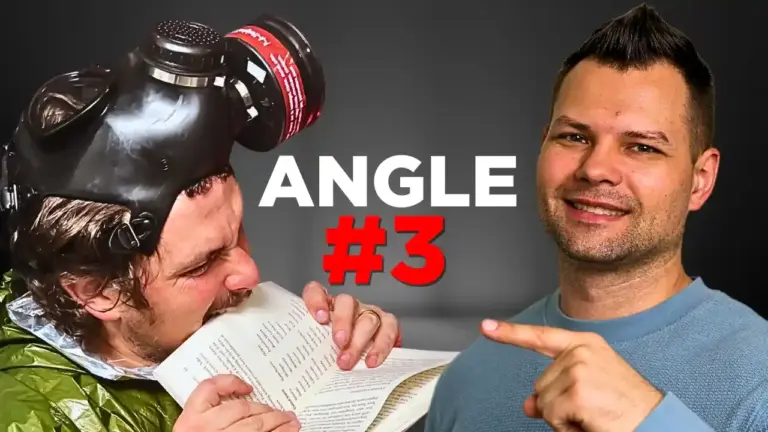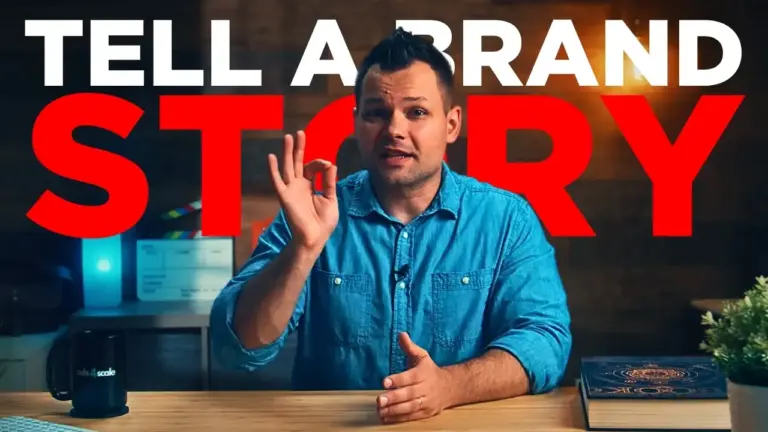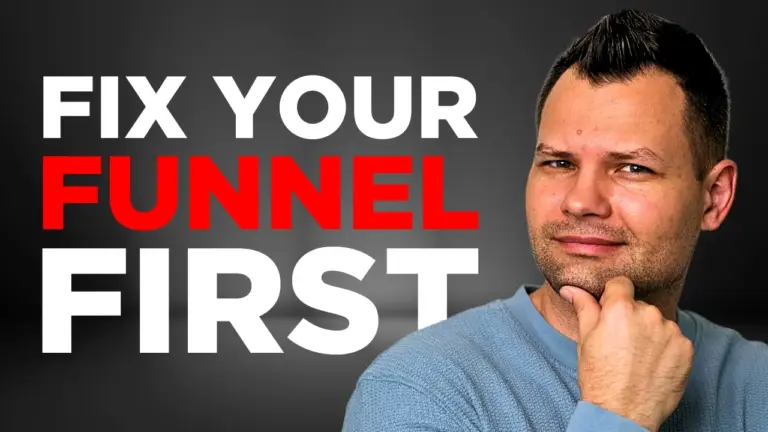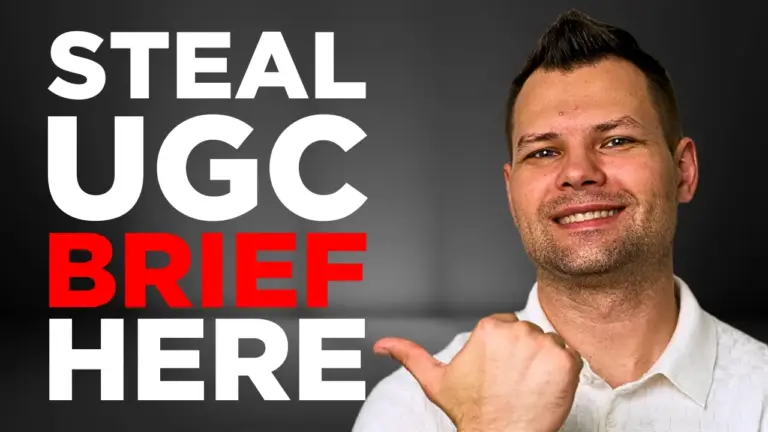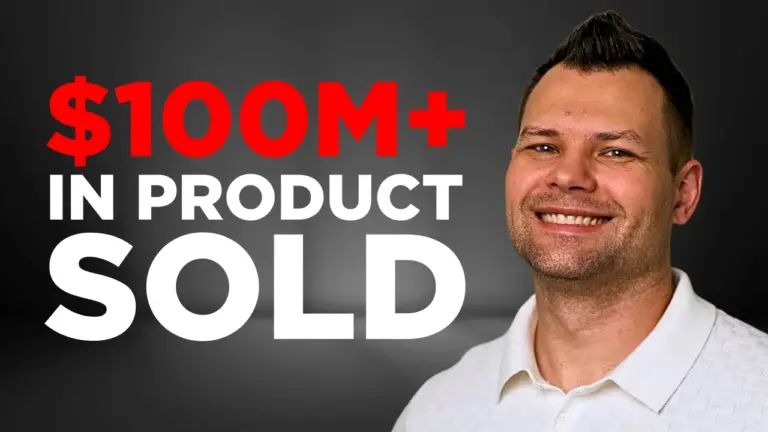Introduction
Most new DTC product launches flop because they dive way too soon into filming ads and making content without developing a proper creative strategy. You might want to stick around, because I’d like to share with you the exact creative strategy that helped my clients move over $100M worth of product, so your next launch can crush it from day one.
An uncomfortable truth is that 80% of DTC product launches fail to hit their goals. But why? Because brands often rush to create ads without a proper creative strategy. If they have a budget, they hire a videographer with a nice camera, or a video production, otherwise a creator off of some UGC website for like $150 bucks. Many businesses count that these people will come up with a creative idea that will deliver a financial result for their business.
What businesses often don’t realize is that creative ideas and creative strategy is not the same. And although videographers and creators may be good at creating content, the overarching content strategy is either beyond the scope of work for them, or they simply consider it a responsibility of your marketing department. This is why I often hear business owners regretting spending thousands of dollars on a beautiful video that doesn’t convert or on a hundred UGC videos, with a winning rate of 2/100.
This is why DTC businesses need to either develop a creative strategy in-house or work with a creative strategist who not only appreciates quality content, but also conducts marketing research and analyzes data. A solid strategy ensures each creative aligns with your specific business goals. When done right, it can lower your customer acquisition cost – CAC and significantly boost your ROAS – even if you’re running multi-million-dollar budgets. That’s not speculation; it’s what I consistently see across top-performing ad accounts.
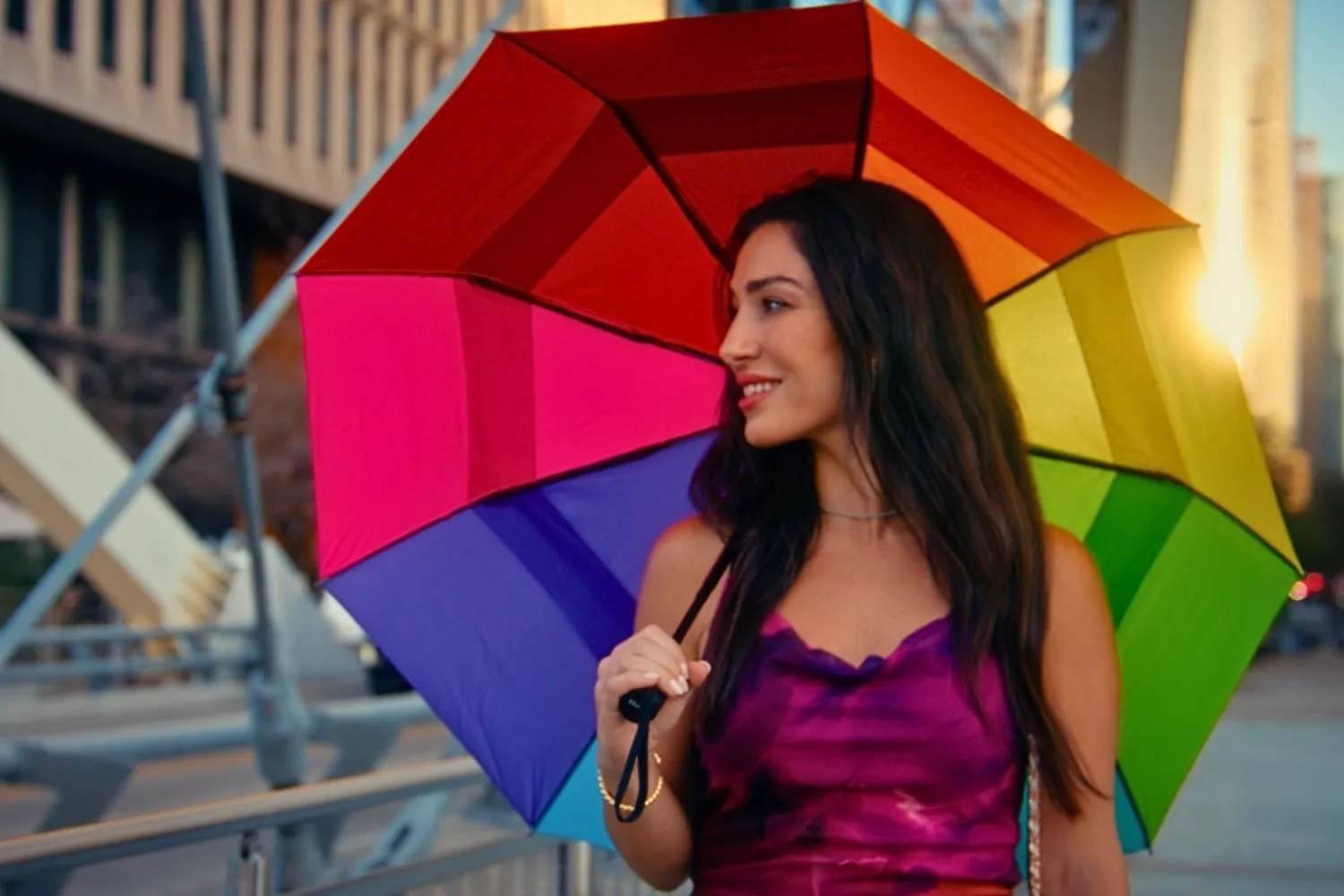
2A2R Framework
Step one is to start with thorough research, using my tried-and-tested 2A2R framework:
Start by Analyzing brand image. Do research through ChatGPT. Check press mentions, review sites, blogs, and Reddit threads. Dive into ad comments on your socials. Identify how your customers perceive you. Are there glaring objections or frequent praise points? Use these insights as ammo for your creatives. This not only provides social proof but can also highlight key objections your ads need to address upfront.
Next, Analyze customer reviews. Go through at least 20-50 reviews from your website, Amazon, and social platforms. You’re looking for three things: Pain points customers repeatedly mention, triggers that led them to finally purchase, and the specific transformations or results they experienced. Also, pay close attention to standout testimonials – “golden nuggets” that clearly articulate your product’s unique value. These will become powerful hooks and social proof elements in your ads.
Researching competitors is your third step. This isn’t just casually scrolling through Meta Ads Library. It’s an ongoing weekly practice. Track the types of ads your competitors run: videos, carousels, static ads and identify repeated messaging themes and visual styles. Pinpoint gaps in their strategy you can leverage. Understanding your competitors’ tests gives you an edge in crafting better-performing creatives.
Finally, Review Past Performance. Analyze your top-performing creatives over the past month and six months. Look closely at hook rates (percentage of viewers watching the first three seconds) and hold rates (percentage of viewers who keep watching). Determine exactly which hooks, messaging, and visuals are consistently resonating with your audience.
Summarize these insights into a simple, actionable brief: GET (target customer), WHO (pain points), TO (desired outcome), and BY (your unique selling proposition). Often, I also research the most common objections an audience may have and compelling reasons to buy the product. Add any buzzwords or keywords that stand out and are most impactful.
Identifying Target Audience
Alright, first things first, identifying your target audience or buyer persona. You gotta know exactly who you’re talking to. And I don’t just mean “women age 30-40” – I mean getting really specific. What do they do? Where do they hang out online? What do they genuinely care about? Nailing down exactly who your ideal customer is will make all your marketing clearer and way more effective. Trust me, if you’re vague here, your ads will feel flat and you’ll burn through cash fast. So, figure out exactly who you’re aiming for, and the rest gets way easier.
Next, you gotta zero in on the pain your customers feel. Like, what’s bugging them day-to-day? What problem keeps popping up that your product can solve? People don’t just randomly buy things—they buy to fix their problems. So when your ads clearly call out that pain, your audience will think, “Wow, they really get me.” That kind of emotional connection is what gets people clicking that buy button.
Now, it’s not just about solving a problem – your customers are dreaming about something bigger. What’s the ideal result or transformation they’re after? Are they looking to feel more confident, save time, or just finally get some relief from stress? Whatever it is, spell it out clearly in your ads. Show them how your product will get them to that dream outcome. That’s the magic that really moves people.
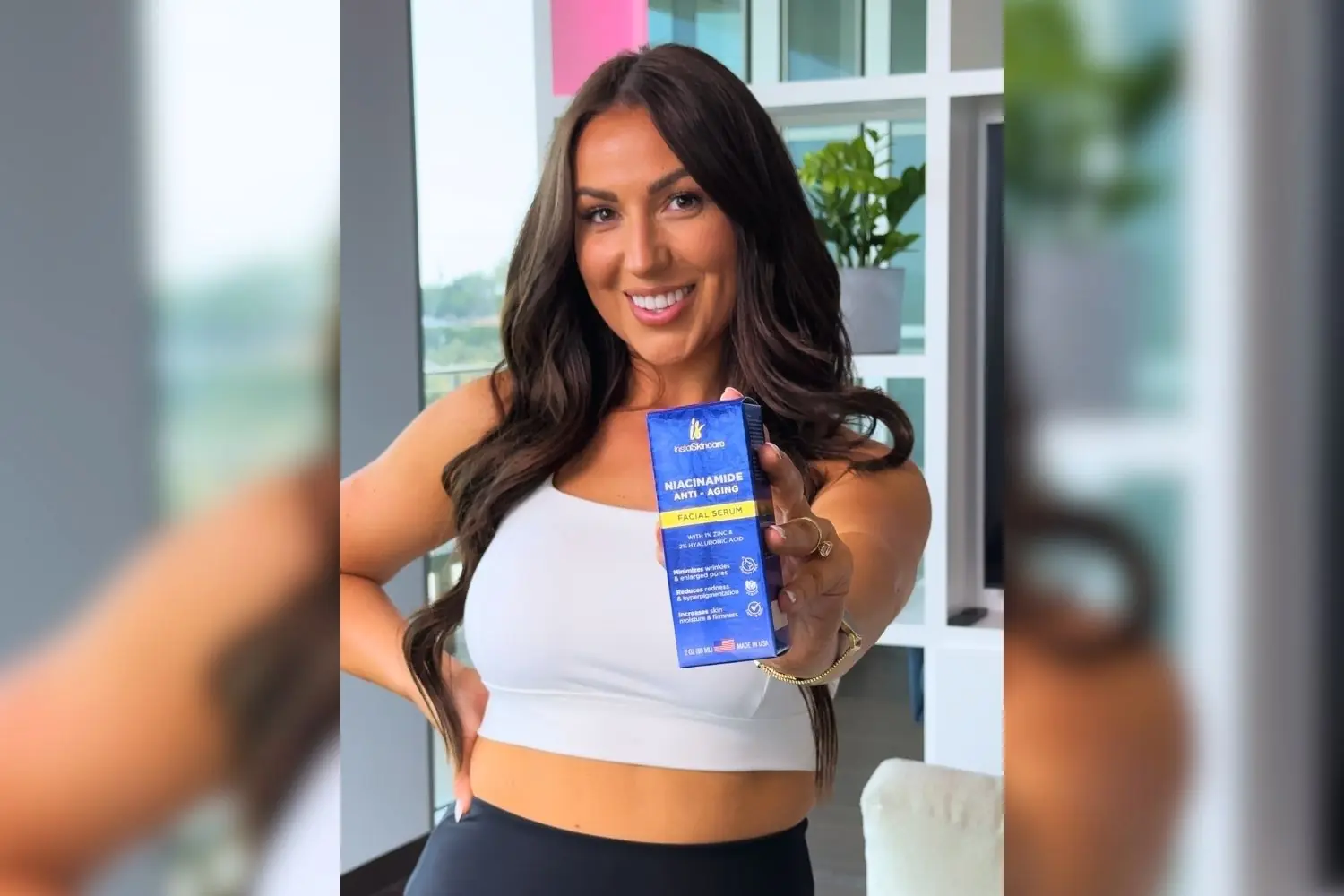
Identifying your unique selling proposition
Identifying a unique selling proposition is crucial: How exactly does your product uniquely solve your customer’s problem or help them get to their goal? What makes your thing better or different from everything else out there? Don’t be shy – say it loud and clear in your ads. Your unique selling proposition (or USP, if you wanna sound fancy) is your secret weapon. It’s what makes your audience say, “Okay, I get it now – THIS is why I need that product.”
As far as common objections and reasons to buy, here’s the truth: People will always find reasons not to buy. Maybe they’re worried it’s too expensive, or they don’t trust it’ll actually work. So you gotta tackle these objections upfront. When you acknowledge their doubts directly and clear them out of the way, it becomes easier for them to say yes. On the flip side, knowing exactly why customers do buy your product lets you double down on those reasons. Reinforce those positives in your ads, and you’ll make buying feel like an easy decision.
Finally, pay close attention to the actual words your customers use. Jump into your reviews, social media comments, or even Reddit threads and look for those golden phrases. When your ads sound exactly like your audience talks, they’ll feel like you’re reading their minds. Using their own language boosts trust, captures attention, and makes your ads instantly relatable. It’s a small thing that can make a huge difference.
Full funnel breakdown
Alright, let’s break down your business funnel in a way that makes sense, because knowing how this works is going to make or break your marketing. Think of your funnel like the engine running your entire business.
First, at the Top of Funnel (TOF), you’re all about grabbing attention—fast. Short, punchy UGC videos and direct response ads, like 15-30 second clips, and eye-catching static images are perfect here. Your number-one job is stopping the scroll, clearly calling out a problem your customers actually care about, all within those critical first three seconds. And unless you’re an instantly recognized major brand, don’t try to run paid traffic off of polished content on social media, because people swipe through that all day long.
Next up is the Middle of Funnel (MOF). This is where people are considering buying from you, but they’re not totally convinced yet. You need some polished content here, especially for your landing page – like a professional brand story video or a founder story and real testimonials from customers. These pieces build trust and clearly tell your audience exactly why your brand matters and why they should stick around.
Then we’ve got the Bottom of Funnel (BOF). This stage is all about getting people to finally make that purchase. Product demos, explainer videos, or clear “how-to” guides under 45 seconds work really well here. These videos need to quickly answer any lingering questions or objections people have. And always pair these with compelling offers like free shipping, discounts, or money-back guarantees. A compelling offer to push people over that final edge. If the offer sucks, it can cost you sales, even if your product is really good. So nailing the offer and having a showstopper statement at this stage is crucial.
After someone buys, you’re in the Retention phase. Here, you want quick-start videos or short tutorials to help your customers instantly see value. This approach boosts customer happiness and encourages additional purchases, increasing your average order value. Finally, the Advocacy stage. This is when you leverage happy customers and influencers to create natural, authentic testimonials and referrals. This content helps drive ongoing growth by encouraging satisfied customers to recommend you to friends and family.
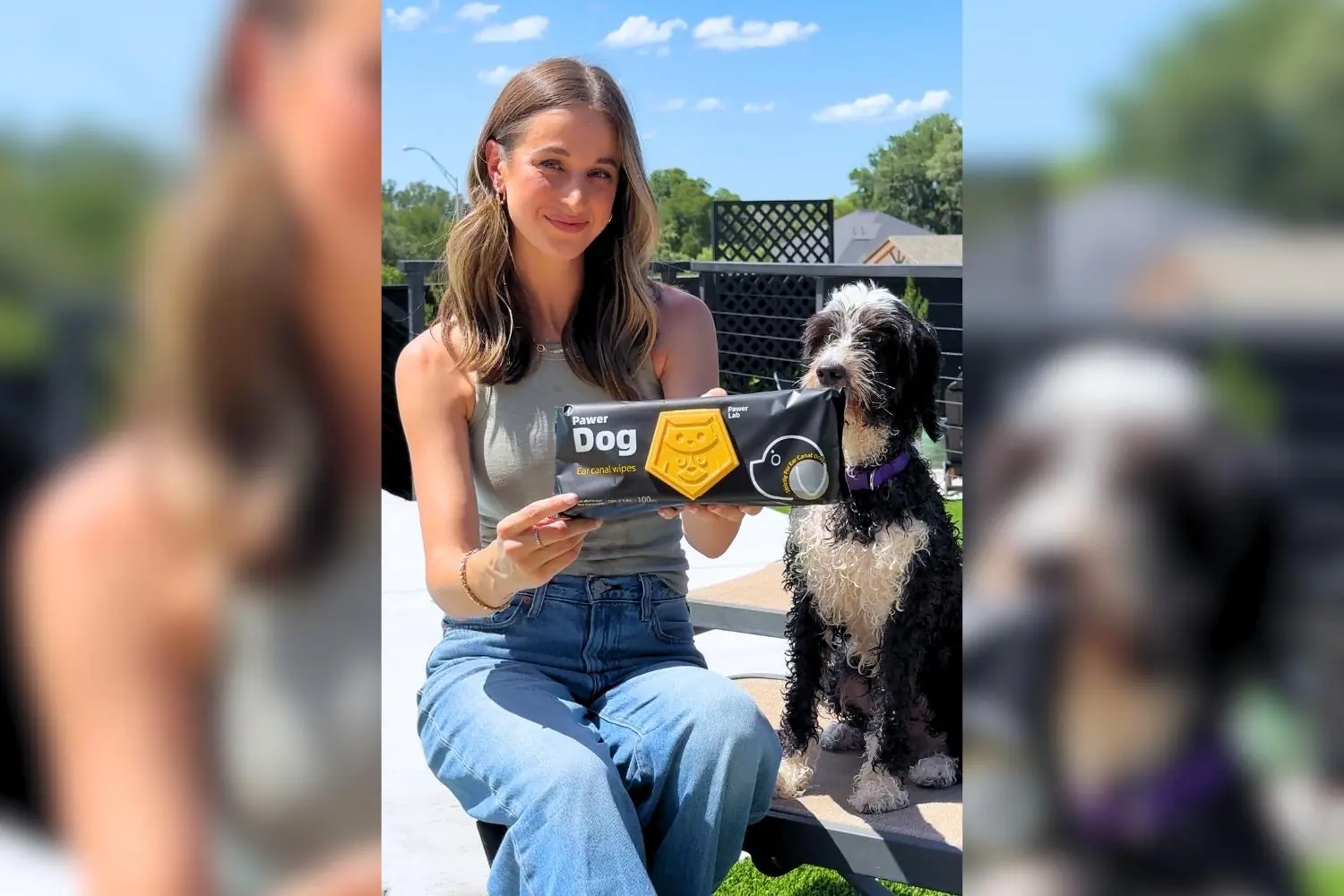
Budget allocation for ad creative production
Now, let’s talk budget allocation and how to actually get all of this come together. Often times it’s not viable to test every sales channel, ad format and angle all at once. I recommend to start with a core funnel, audience, and appropriate formats for this audience. As you launch and get learnings then it’s a much better place to add more channels, test different audiences and build on success of your content.
At the Top of Funnel, allocate around 60% of your budget. Quickly produce multiple short UGC clips—again, around 15-30 seconds each—and bold, informational static images. These need to be visually engaging and super relatable, so your audience stops scrolling immediately.
For the Middle Funnel, about 30% of your budget goes into professional photography and high-quality brand-story videos. Lifestyle-focused shoots that show your product in real-world with relatable scenarios are key. This kind of content seriously boosts your brand’s perceived value and helps build long-term trust.
At the Bottom Funnel, you’ll spend the remaining 10% of your budget on concise, focused product explainer videos. These should clearly demonstrate exactly how your product works and why it’s uniquely valuable.
Remember, every single creative piece you make must directly link back to the customer pain points and insights you discovered in your research. If your content doesn’t clearly address a specific problem or show a powerful transformation, it’s honestly just not worth your time.
Conclusion
When you’re ready to launch, start small and test rapidly. Target your core audience, and test two to three different angles with two to three hooks each, each with modest budgets. After 7 days, check your hook rates. Anything with less than a 5% hook rate – pause it. Then double down on the top performers: experiment with new openings, add subtitles, switch up CTAs, or tweak visuals until you find what works best.
Next, start layering your polished, middle-funnel brand story content. Show these to audiences who’ve engaged with your top-funnel content, but haven’t bought yet. Your bottom-funnel explainers should specifically retarget those warm leads who’ve added items to their carts or shown clear interest but still haven’t checked out.
Keep an eye on your key metrics, like CPA, ROAS, hook rates, and overall engagement. The second you notice performance dipping (like higher CPAs or lower hook rates), quickly replace tired ads with fresh new hooks, or completely new creative ideas based on your ongoing insights. Don’t waste time trying to save dying ads; just keep feeding the algorithm fresh content.
